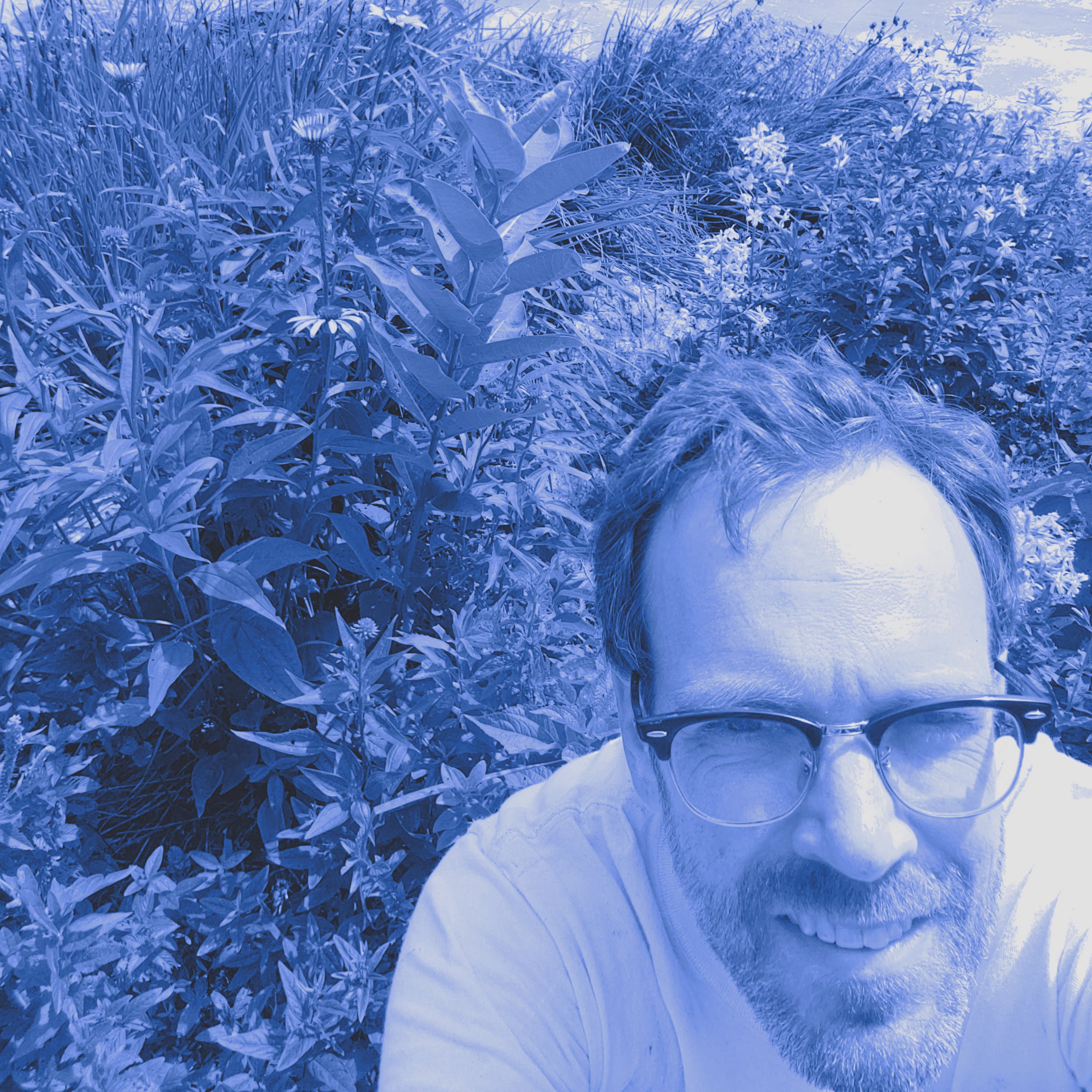What's the big deal about native plants? Why are they so important? Can my tiny garden really make a difference? Join Jeremy Ohmes of Wild World Gardens as he digs into the benefits, lessons, and joys of gardening with native plants and how we can all co-create habitat, health, and healing with our gardens, no matter how big or small.
Comfort Station’s Native Plant Sale is accepting pre-orders through May 31st in a variety of kits
Some questions and answers with Jeremy about Native Plants…
1) Are native plants difficult to grow?
Yes...I mean no...it depends! With native plants (and with any sort of gardening), the adage "Right Plant, Right Place" is honestly what it's all about. If you put a plant that needs full sun under a super shady tree, there's a good chance it won't do so well. It might survive, but it won't thrive. So getting to know the place where you're planting is really where most of the work is. And to me, that's not even work. It's research, observation, and developing a deeper relationship with your surroundings. What is in that place already? Do you want to remove all of what's there, some of it, or simply add on? How much sun or shade does that spot get? How about the soil? Is it clay or sandy or loamy or some of each? Does it drain well or is there often standing water? Is there a young tree nearby that will grow up and eventually shade that area? Does that area get a lot of wind? Is street salt or pollution an issue? That's a lot to think about, right? So before you plant your native plants (or even decide which native plants you'll plant), find your spot, make a checklist, sit with it, observe, measure, and then plan accordingly. You will have gathered the information to know which plants are right for that place AND you will have formed a special connection with that place. Both of which are essential to growing native plants.
2) Why should I use native perennials in my garden instead of nonnative plants?
There are so many reasons why you should use native plants. They enrich soil, feed microbes, and control erosion. They improve water health by absorbing and filtering run-off and removing pollutants. They help remove contaminants from the air and sequester carbon back into the soil. They require less water (eventually), no fertilizers, no pesticides, and less energy overall. Those are all amazing benefits of planting native plants and they are all connected to their most important benefit: they support life.
Native plants have coevolved with local butterflies, caterpillars, birds, bees, insects, and other species for thousands of years, forming intricate and interconnected relationships with them. These creatures are the basis of our local ecosystems and many of them are struggling due to loss of habitat. When you plant native plants, you are creating a place for them to eat, nest, shelter, pollinate, raise their young, and thrive. You are creating a space for life...and is there any better reason than that?
3) Will my new plants spread? How long will they take to grow?
The native plants in these kits mimic natural plant communities and the ecological balance and competition in those communities (albeit on a much smaller scale). Most of the plants are on the more "well-behaved" end of the spreading spectrum. This means that they tend to be less aggressive and will work well in small spaces. However, you can't ignore a native plant's instincts and if it really likes your site and the conditions, it will most likely spread some. This is okay and this is what nature intended! Remember, we are trying to work with, not against, nature. Spreading is encouraged to create a living mulch to suppress weeds, improve the soil, and create more habitat. And if some plants find their way out of your designated garden area, then you can simply pull them or even better, replant them somewhere else.
As for growing time, you're going to hate me, but once again it depends! For example, Rudbeckia hirta (Black-eyed Susan) is a fast-growing pioneer plant, which means that you will most likely see blooms this year. It's great at keeping weeds down while other slower-growing plants, like Eutrochium purpureum (Sweet Joe Pye Weed), get established. Many native plants follow the "sleep, creep, and leap" stages that apply to a lot of perennials. The first year the plants sleep, focusing their energy on their root systems; the second year they creep with some blooms; and the third year they leap to reach their mature size and bloom time. Native plants are dynamic. They change from year to year and month to month depending on all sorts of environmental factors. Your native plant garden will change little by little all the time...and you will, too.

